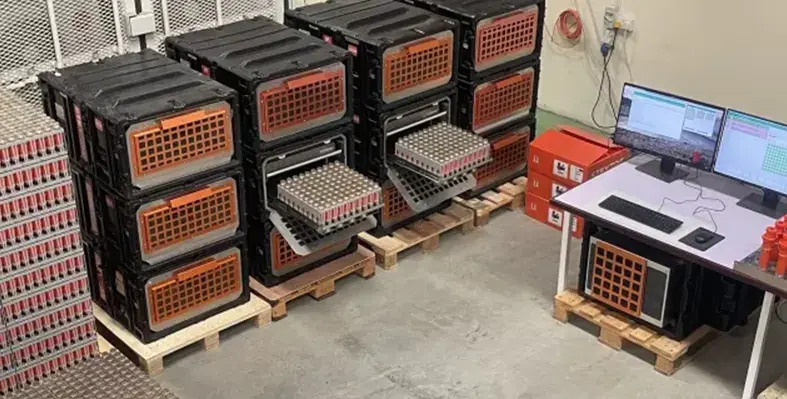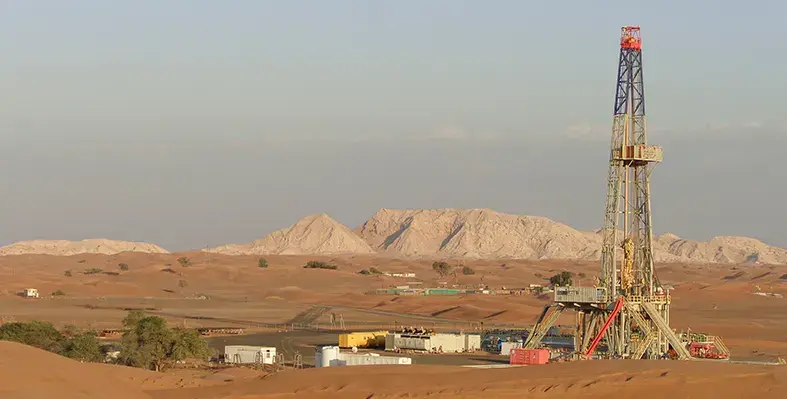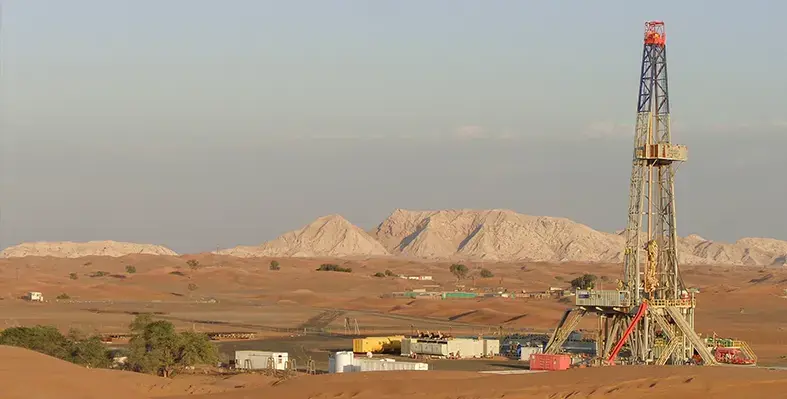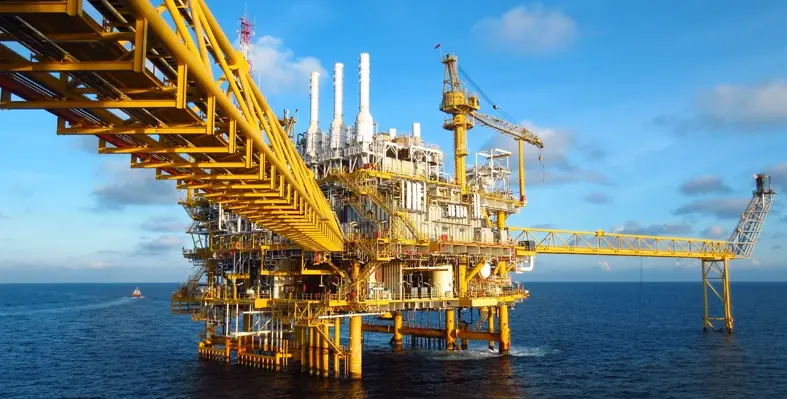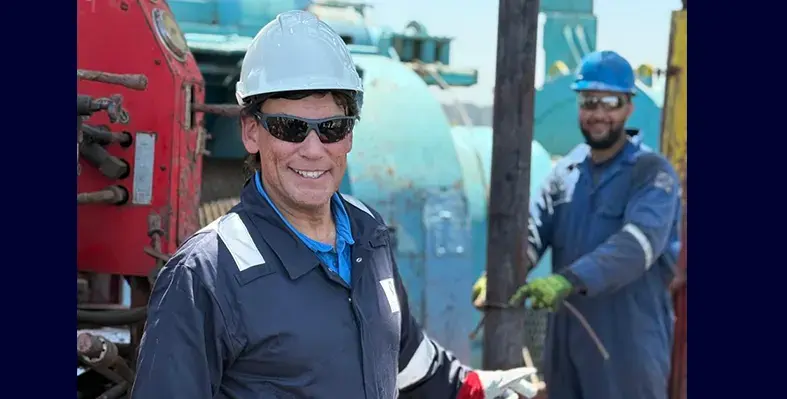Egypt’s oil and gas exploration capabilities are taking a step forward with the first-ever deployment of cutting-edge nodal technology for onshore seismic acquisition
Leading exploration services company ARGAS has purchased 30,000 Range+ STRYDE nodes and STRYDE’s Nimble Seismic System. These will be deployed on a very large 2D seismic survey in Egypt to acquire high-quality seismic data across highly prospective sedimentary basins, supporting oil and gas exploration efforts in one of Egypt’s most promising frontier regions.
The ultra-lightweight Range+ nodes, coupled with a state-of-the-art, high-capacity charging, harvesting, and QC ecosystem, enable thousands of nodes to be rotated daily.This ensures faster acquisition cycles and rapid delivery of high-quality seismic data, giving ARGAS a competitive edge in Egypt’s rapidly evolving energy sector.
“After working with STRYDE’s system on previous projects, it became clear that this technology brings a significant advantage to both us and our clients,” said Soufiane Azzi, Director of Commercials and Collaborations of ARGAS. “The system has proven to drastically reduce deployment time, reduce headcount and vehicles count, simplifies logistics, improve recording time window, and delivers excellent seismic data. We are proud to be the first to bring node technology to Egypt.”
“This is a major milestone, not only for STRYDE and ARGAS, but for Egypt’s energy sector as a whole,” said Mehdi Tascher, sales director at STRYDE.“ARGAS’s purchase is spot on, and reflects the growing demand for scalable and efficient seismic acquisition systems that enable high-density data capture for superior subsurface imaging, empowering more confident and informed exploration decisions.”






